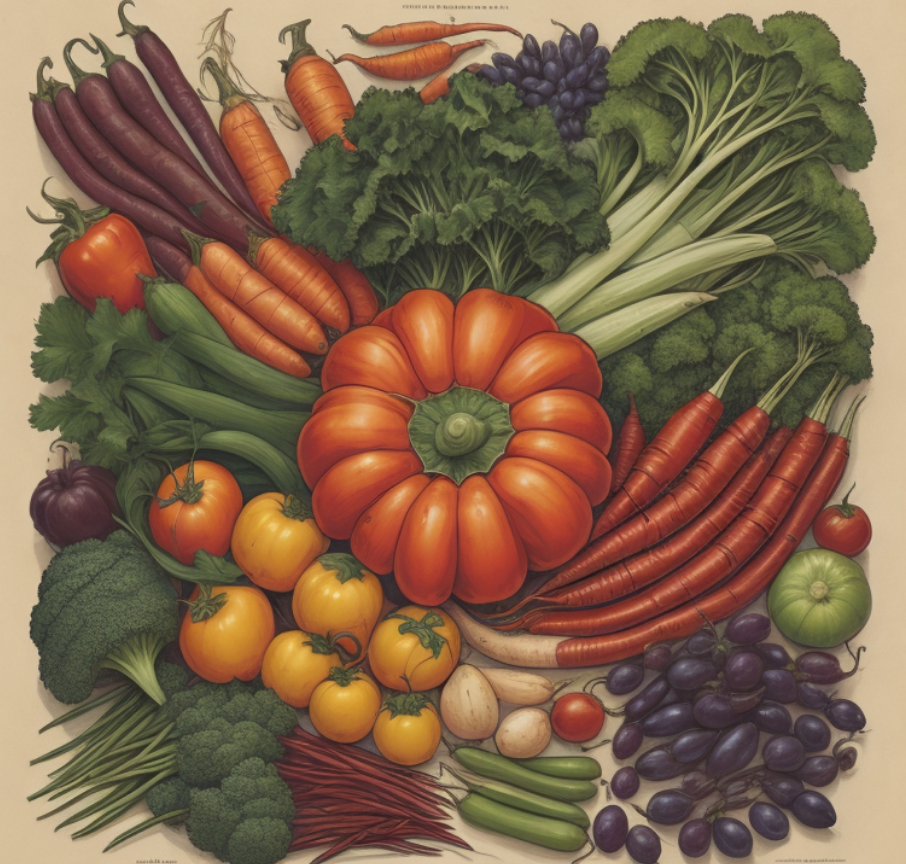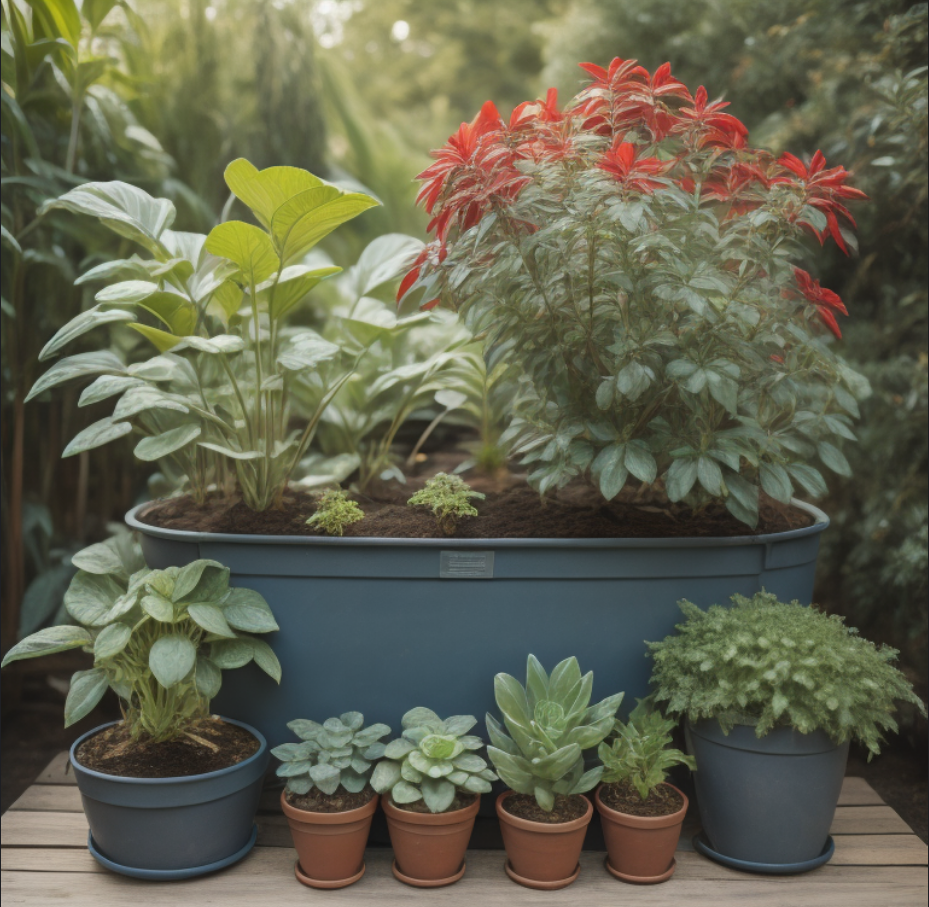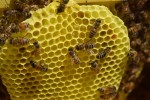Crop rotation is a farming technique in which farmers change the type of crops they grow in a specific field from year to year. This method has been used for centuries and has numerous benefits for the soil, crops, and the environment. It can also be used in a small garden or box.
Here are some of the benefits of crop rotation:
- Soil Fertility: Crop rotation helps to maintain soil fertility by allowing farmers to plant crops that have different nutrient requirements. For example, leguminous crops, such as soybeans or clover, can help to fix nitrogen in the soil, which can be used by subsequent crops.
- Pest and Disease Control: Crop rotation can help to reduce the spread of pests and diseases by disrupting their life cycles. For example, planting a crop that is not susceptible to a specific pest after a crop that is susceptible can help to reduce the population of the pest.
- Weed Control: Crop rotation can also help to reduce the growth of weeds by planting crops that have different growth patterns and root systems. This can help to reduce competition with weeds and make it easier to control them.
- Soil Erosion Control: Crop rotation can also help to reduce soil erosion by planting crops that have different root systems and growth patterns. This can help to reduce soil compaction and improve the structure of the soil.
- Yield Improvement: Crop rotation can also help to improve yields by reducing the spread of pests and diseases and improving soil fertility. This can result in higher crop yields and a more profitable harvest.
In order to get the most benefits from crop rotation, it is important to choose the right crops for your area and to plant them at the right time. It is also important to consider the length of your crop rotation and the specific needs of each crop.
By incorporating crop rotation into your agricultural practices, you can help to improve soil fertility, reduce the spread of pests and diseases, and improve crop yields. Whether you are a small-scale farmer or a large-scale producer, crop rotation can be a valuable tool for improving the health of your soil and the environment.







